Table of content
Bobo Chicken, a iconic street food dish hailing from China’s Sichuan Province, has captivated taste buds worldwide with its harmonious blend of spicy, numbing, and savory flavors. At the heart of this dish lies its signature seasoning—a meticulously crafted mixture of aromatic spices, chili oils, and fermented ingredients that transform simple ingredients into a culinary masterpiece. This article explores the history, composition, and cultural significance of Bobo Chicken seasoning, offering insights into its role in Sichuanese cuisine and beyond.
Historical Roots: From Street Stalls to Global Fame
The origins of Bobo Chicken trace back to the bustling streets of Leshan, a city in southern Sichuan. Legend has it that the dish emerged in the late Qing Dynasty when a local vendor sought to repurpose leftover chicken by marinating it in a bold, spicy broth. The name “Bobo” (钵钵) refers to the clay pots in which the dish was traditionally served, adding a rustic charm to its presentation. Over time, the recipe evolved, with chefs experimenting with different chili blends and seasonings to enhance its depth.
Today, Bobo Chicken is no longer confined to Sichuan’s streets. It has become a global phenomenon, with restaurants and home cooks alike replicating its fiery allure. The seasoning’s adaptability—balancing heat with umami-rich ingredients—has made it a favorite in fusion cuisines, from tacos to noodle bowls. Yet, the essence of authenticity lies in understanding the traditional components that define its flavor profile.
The Anatomy of Bobo Chicken Seasoning
Crafting the perfect Bobo Chicken seasoning is an alchemical process that requires precision and respect for tradition. Each ingredient plays a distinct role, contributing layers of complexity to the final dish.
Chili Oil: The Fiery Foundation
Chili oil serves as the seasoning’s backbone, providing both heat and aroma. Unlike generic chili oils, Bobo Chicken uses a blend of dried Sichuan peppercorns, star anise, and cinnamon, infused into neutral oil (such as rapeseed or vegetable oil) over low heat. The result is a fragrant, crimson-hued oil that coats every piece of chicken with a tingly warmth.
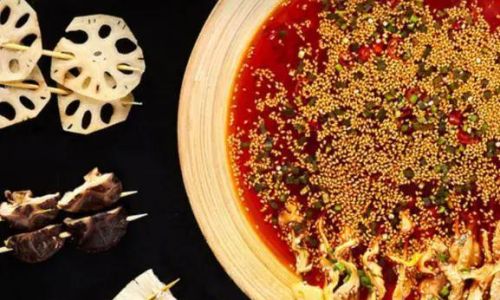
Sichuan Peppercorns: The Numbing Sensation
Known as huajiao in Chinese, Sichuan peppercorns are not true peppers but the berries of the prickly ash tree. When toasted and ground, they release a citrusy, floral aroma followed by a unique numbing sensation that dances on the tongue. This ma la (麻辣) effect—a combination of “numbing” and “spicy”—is central to Sichuanese cuisine and defines Bobo Chicken’s character.
Fermented Bean Paste: Umami Depth
Fermented broad bean paste, or doubanjiang, adds a savory, salty-sweet complexity. Often aged for years, this ingredient introduces a funky depth that balances the chili oil’s heat. Look for pixian doubanjiang, a variety from Pixian County renowned for its robust flavor.
Aromatics: Garlic, Ginger, and Scallions
Fresh garlic and ginger, minced into a paste, provide a pungent base that marries the spices. Scallions, added at the end, contribute a bright, grassy note that cuts through the richness.
Sugar and Vinegar: Balancing Act
A touch of sugar (preferably rock sugar) and Chinkiang vinegar—a dark, slightly sweet vinegar—rounds out the seasoning. These ingredients temper the heat, creating a harmonious interplay of flavors.
Sesame and Peanuts: Crunchy Texture
Toasted sesame seeds and crushed peanuts are often sprinkled on top, adding a nutty crunch that contrasts with the tender chicken.
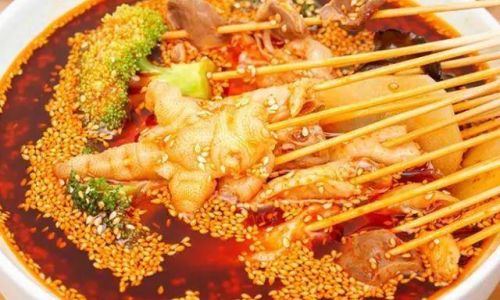
The Blending Process: Precision Meets Creativity
Crafting Bobo Chicken seasoning is both a science and an art. The key lies in balancing the proportions of each ingredient to achieve equilibrium. Too much chili oil overpowers the numbing peppercorns; too little vinegar leaves the dish one-dimensional.
Step-by-Step Guide:
-
Infuse the Chili Oil:
- Toast Sichuan peppercorns, star anise, and cinnamon in a dry pan until fragrant.
- Heat oil to 160°C (320°F), then pour it over the spices. Let steep for 24 hours.
-
Prepare the Aromatics:
- Sauté minced garlic and ginger in a neutral oil until golden. Add doubanjiang and cook until the oil separates.
-
Assemble the Seasoning Base:
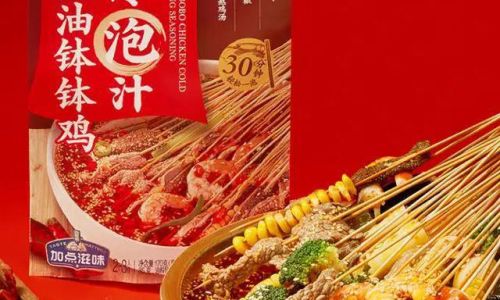
Combine the chili oil, aromatic paste, sugar, vinegar, and a splash of soy sauce. Adjust sweetness and acidity to taste.
-
Finish with Texture:
Stir in toasted sesame seeds and crushed peanuts just before serving to preserve their crunch.
Regional Variations: A Tapestry of Flavors
While the core ingredients remain consistent, Bobo Chicken seasoning varies across Sichuan, reflecting local preferences and ingredients.
- Leshan Style: Emphasizes a robust ma la profile, with generous Sichuan peppercorns and minimal sweetness.
- Chengdu Style: Incorporates more sugar and vinegar for a balanced, slightly tangy finish.
- Modern Twists: Some chefs experiment with smoked chili flakes or fermented chili pastes for added complexity.
Health and Nutrition: Spice in Moderation
Bobo Chicken seasoning’s fiery reputation often raises questions about its health implications. While spicy foods can aid digestion and boost metabolism, excessive consumption may irritate the stomach lining. Moderation is key, especially for those sensitive to capsaicin.
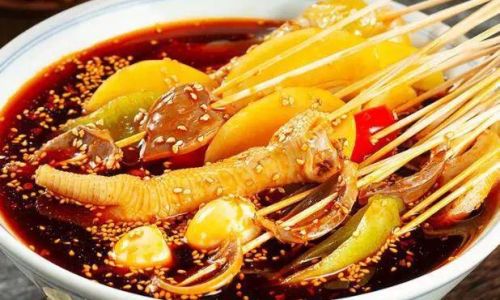
Nutritionally, the dish offers a mix of protein (from chicken) and healthy fats (from sesame and peanut oils). However, the high sodium content from soy sauce and fermented pastes warrants caution for hypertensive individuals.
Cultural Significance: More Than Just a Dish
Bobo Chicken is deeply intertwined with Sichuan’s culinary identity. Its communal preparation—often shared among friends and family—embodies the region’s love for lively, flavorful gatherings. During festivals like the Spring Festival, families gather to marinate chicken in giant clay pots, a ritual that strengthens bonds and preserves tradition.
Moreover, the dish’s rise to global fame mirrors China’s growing cultural influence. Food festivals in New York, London, and Sydney now feature Bobo Chicken stalls, introducing audiences to the wonders of Sichuanese ma la.
DIY Bobo Chicken Seasoning: A Recipe for Adventure
For those eager to recreate the magic at home, here’s a simplified recipe:
Ingredients (Makes 1 Cup):
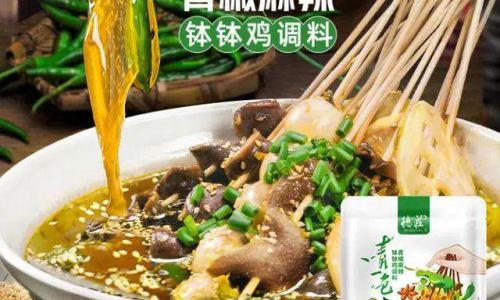
- ½ cup Sichuan chili flakes (or Korean gochugaru for a milder heat)
- 2 tbsp Sichuan peppercorns, toasted and ground
- 1 tbsp fermented broad bean paste (doubanjiang)
- 3 garlic cloves, minced
- 1-inch ginger, grated
- 1 tbsp sugar
- 1 tbsp Chinkiang vinegar
- ¼ cup toasted sesame oil
- ¼ cup vegetable oil
- 2 tbsp crushed peanuts
- 1 tbsp sesame seeds
Instructions:
- In a saucepan, heat vegetable oil until shimmering. Add garlic and ginger; fry until golden.
- Stir in doubanjiang and cook for 2 minutes. Remove from heat.
- Whisk in chili flakes, Sichuan peppercorns, sugar, and vinegar. Adjust seasoning.
- Drizzle over cooked chicken (or vegetables) and top with peanuts and sesame seeds.
Pairing Suggestions: Elevating the Experience
Bobo Chicken pairs wonderfully with:
- Jasmine Tea: Its floral notes cleanse the palate between bites.
- Cucumber Salad: A crisp, cooling counterpart to the spice.
- Steamed Buns: Use them to soak up the seasoning’s residual oil.
- Craft Beer: A hoppy IPA complements the dish’s bold flavors.
Conclusion: The Enduring Allure of Bobo Chicken Seasoning
Bobo Chicken seasoning is more than a condiment—it’s a testament to Sichuan’s culinary ingenuity. Its ability to balance fire, numbness, and umami has made it a beloved staple, transcending borders and generations. Whether enjoyed in a bustling Chengdu night market or a suburban kitchen, this seasoning invites us to savor the magic of Sichuan’s spice-laden heritage. So, the next time you taste that tingly, fiery kick, remember: you’re not just eating a dish—you’re experiencing a legacy.
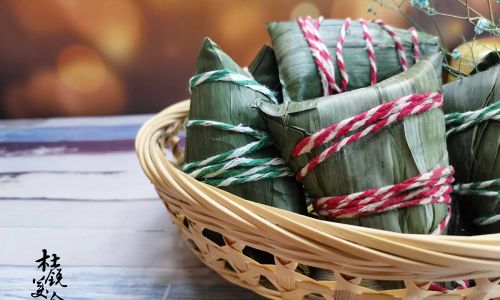


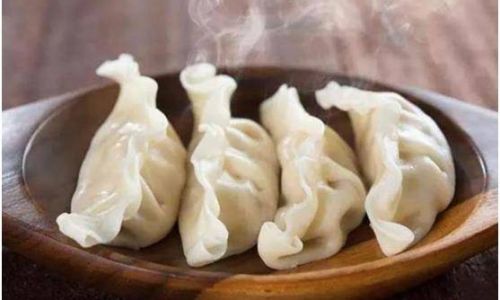
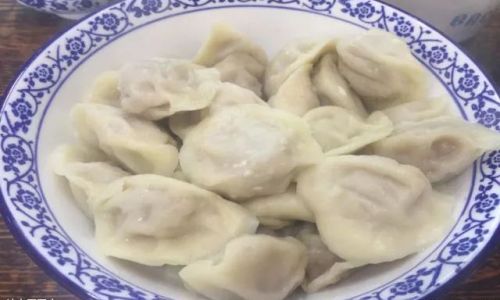
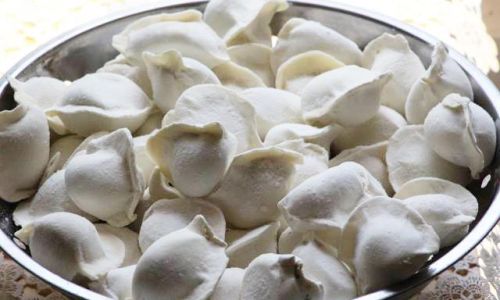
0 comments